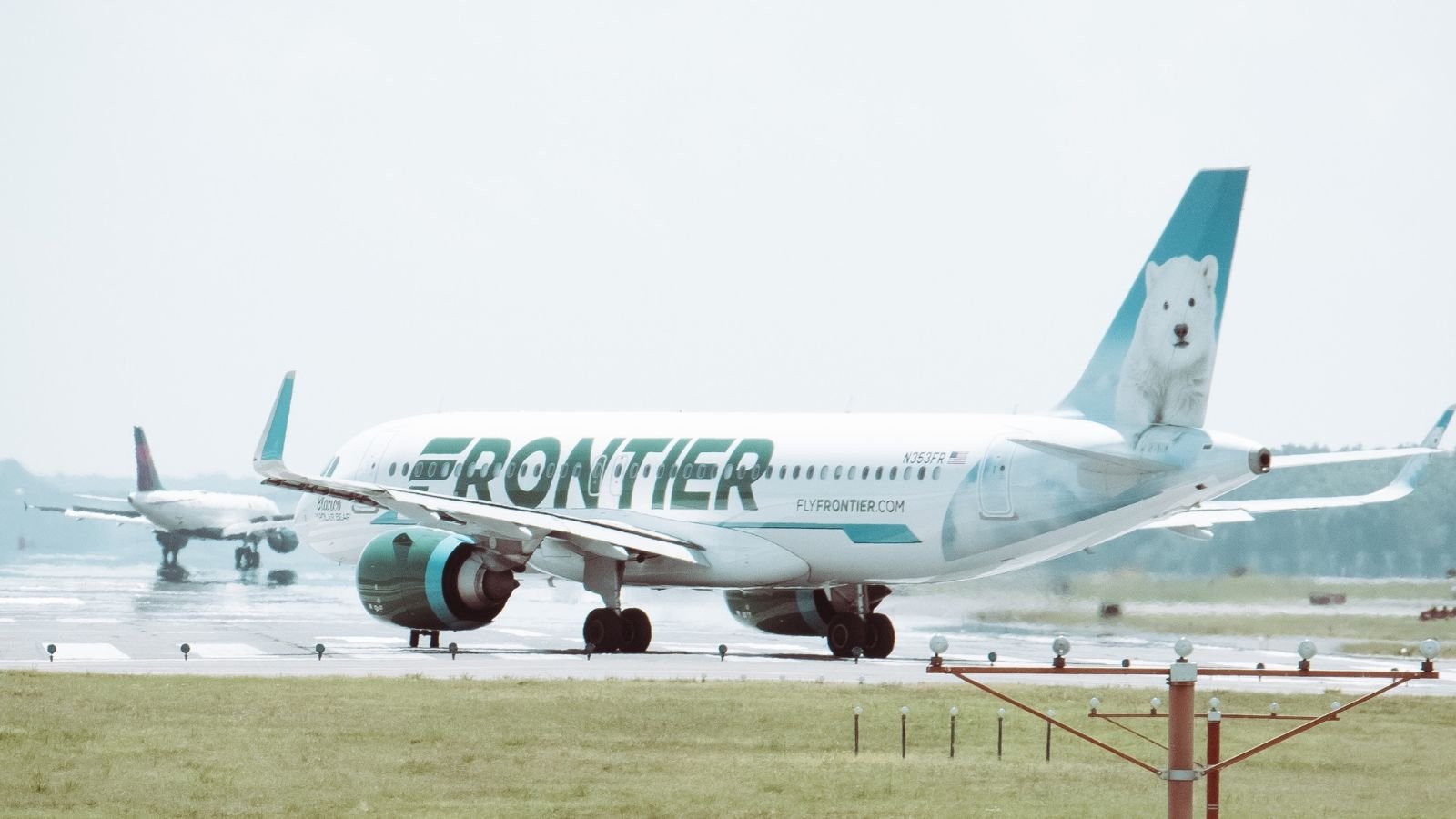At times, change can occur gradually, slowly evolving over time. It often sneaks up on you without you even realizing it, until it reaches a point where it becomes impossible to ignore. This is especially true when things have been ticking along so well.
The US domestic market has been buoyant (to say the least) over the last few years, with airline CEOs proclaiming record quarterly revenues - although not mentioning costs - and record profitability flowing through for nearly every major, except perhaps the boys in blue!
But suddenly, although perhaps not surprisingly it seems that the heat in the US market has peaked – revenge spending is seemingly exhausted, economic pressures are impacting disposable incomes, and the start of the slower winter period has kicked off - and airlines’ financial results are not looking as promising as they perhaps were.
Those results of course come from a point of record profits, and no one is suggesting that the industry is going to plunge into a period of losses, indeed far from it. But it’s clear that some key variables are changing, and air fares are gently falling to more normalized levels. So, what’s happened?
It's All About Airline Capacity, Isn’t It?
Certainly the principles of supply and demand apply as much in aviation as anywhere. The US domestic market will finish at around 7.8 million seats compared to the 7.5 million of last year: a modest 4% increase but three times higher than the CAGR rate of 1.4% between 2015 – 2019. In such a mature market the recent capacity discipline that helped create those high fares seems to have broken. With demand perhaps softening then lower fares are an inevitability, good news for the traveller but not quite so good for the airlines. So, if capacity’s growing who’s to blame?
Over the past year, the majority of US major airlines have experienced a growth spurt. This can be attributed to several factors such as the introduction of new aircraft, operational changes, and resource strategies resulting in the utilisation of larger aircraft types at the expense of regional services. As indicated in the the table below, for many of the top ten airlines capacity growth has contributed to their overall success. Every airline in the top ten - except for Allegiant - will have added significant year-on-year capacity. For many of these airlines the actual frequency per air traffic movement (ATM) has increased, taking United Airlines as an example from 113 seats per ATM to 122.
Increasing capacity in a controlled fashion has always been an issue for airlines around the world. While the arrival of a new shiny aircraft may bring a surge in available seats, filling them without compromising aircraft utilisation rates can be a challenge. Therefore, simply adding a percentage point of capacity can be difficult.
The chart below shows US airlines’ capacity growth year-on-year. Frontier leads the way, closely followed by some very large airlines: Spirit, Southwest and United. While such capacity growth can generally lead to a softening of yields for a period of time, it becomes challenging when that capacity growth is being driven by some of the hungriest and most cost-efficient operators in the market eager to generate more revenues. This inevitably puts pressure on yields both in those companies and also the wider market - especially when capacity grows at certain airports.
Low-Cost Carriers Enter Legacy Backyards
One of the overriding assumptions about low-cost carriers (LCCs) is that they operate from secondary “out of town” airports, and while that may have been the case increasingly LCCs are building share in the homes of legacy carriers - and that just adds to the wider pressure on yields. LCCs have grown their capacity share since 2019 across nine of the ten largest US airports and with that increased share comes increased direct competition, new flights, a need for market stimulation and eventually lower yields for all. Traditional legacy carrier bases such as Atlanta, Dallas Ft Worth and Houston George Bush (ranking 11th) are all seeing more and more LCC services. In the case of IAH the LCCs have nearly doubled their capacity share to 14.6% since 2019.
Collectively the US LCCs have over 100 new aircraft slated for delivery next year and while some of those will be for fleet replacement, a large proportion will be for network growth as the carriers use increased production to maintain their lower seat costs. Legacy carriers also have a tranche of new aircraft scheduled for delivery and the collective picture is for another year of similar capacity growth, notwithstanding the developing issues with the Pratt & Whitney engines. Further increases in capacity will place more pressure on air fares during 2024 in a market of softening demand, the non-return of the corporate traveller in expected volumes, and final embers of revenge spending.
All of which is great news for travellers but for the airlines a moment for some careful revenue management, a few percentage points off operating margins can be carried by most but price wars would not be great for anyone. 2024 could be interesting in the US domestic market!




